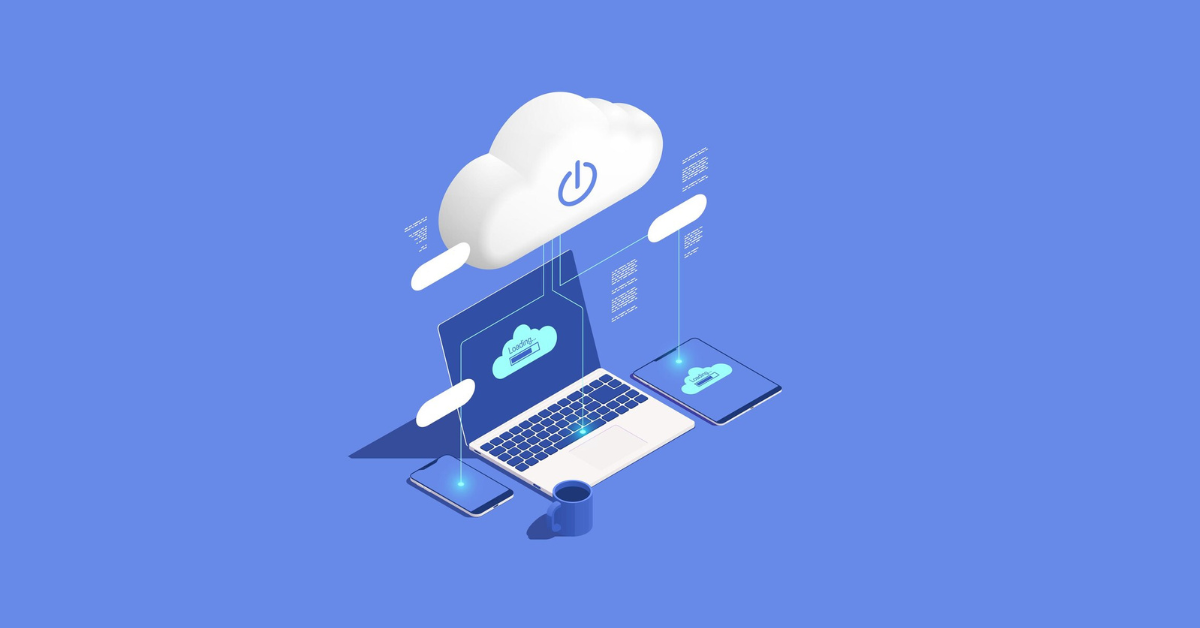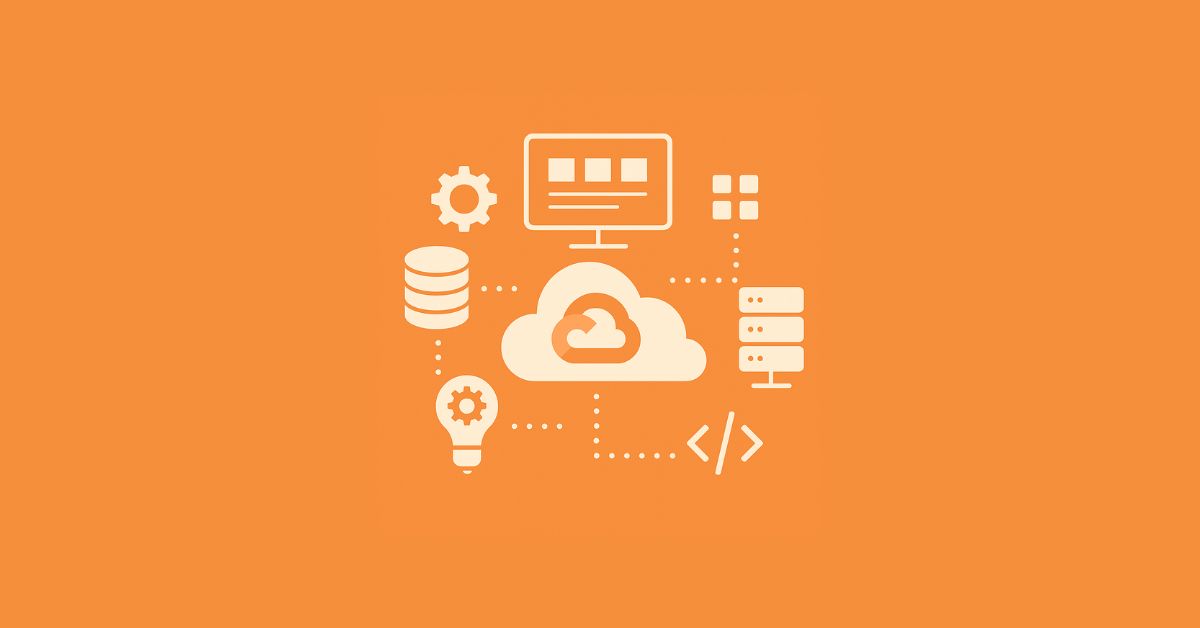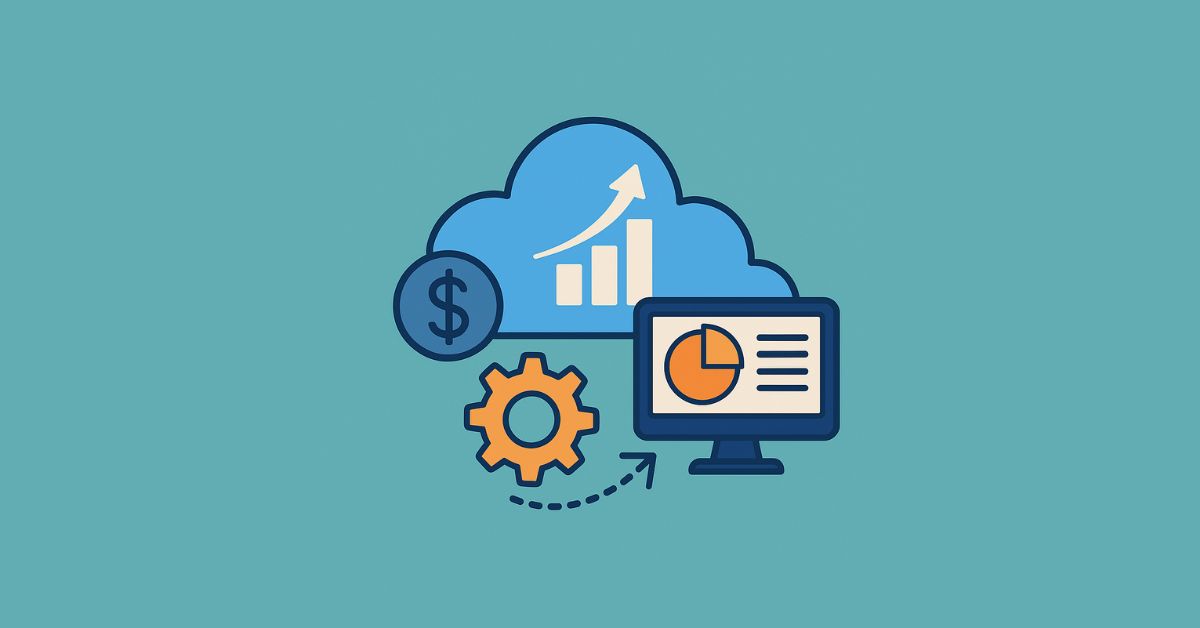Cloud migration has become an essential priority for businesses that are aiming to modernize their IT infrastructure, improve its scalability, and enhance agility as well. By transitioning workloads, applications, and data to a cloud environment, businesses can benefit from cloud migration immensely. Businesses must adopt strong cloud migration strategies that are created specifically for the unique needs and objectives of the organizations.
- What is Migration in Cloud Computing?
- What are Cloud Migration Strategies?
– Rehosting or Lift and Shift:
– Re-platforming or Lift, Tinker, and Shift
– Refactoring or Re-architecting
– Repurchasing or Software as a Service – SaaS
– Retiring - Benefits of Cloud Migration Strategies
– Work Anywhere
– Save Money
– Stay in Control
– Keep Your Data Safe
– Grow with Ease - Risks of Cloud Migration Strategies
– Data Loss
– Dependency on Internet
– Cyberattacks
– Technical Issues
– Privacy Issues - Frequently Asked Questions (FAQs)
What is Migration in Cloud Computing?
Moving to the cloud or altering operations to make use of cloud services is known as migration cloud computing. The idea behind migration cloud computing services adoption is to treat computers like any other utility, just like electricity, water, or natural gas. The inexpensive-to-use, highly scalable model of the public cloud gives organizations the freedom to use resources as needed, for as long as needed, and only pay for what is actually consumed. Various sizes and industries of firms find migration to cloud computing and its paradigm shift intriguing.
What are Cloud Migration Strategies?
Cloud migration strategy is the plan that an organization uses to transfer its data and applications from an on-premises architecture to the cloud. Most workloads benefit from running on cloud migration strategies and infrastructure, which makes it important that the most efficient plan for migrating data to cloud is utilized before going live.
Further, in this blog, we will explore some of the best cloud migration strategies and process technology that provide insights into best practices for implementation.
Rehosting or Lift and Shift:
Rehosting is a unique cloud migration strategy that involves moving applications and workloads from an on-premise infrastructure toward the cloud with very few modifications. These strategies and process technology are also known as lift and shift because they require minimal modifications. This application of the migration approach requires a quick and straightforward path toward the cloud.
However, while rehosting is advantageous, it can not completely leverage the scalability and cost-saving benefits of the cloud. This is because it often maintains the same architecture and infrastructure setup as the on-premises environment. Very often, companies with a conservative culture or without a long-term strategy are the ones who employ rehosting for their application of migration.
Re-platforming or Lift, Tinker, and Shift
The Re-platforming process of migration is a variation of the lift and shift, which involves making minor adjustments to improve the landscape for the cloud. However, the core architecture of the application will remain the same. In re-platforming, only minor modifications are required while the core data migration in cloud functionalities is retained. This process of migration creates a balance between speed and optimization and allows companies to make the best use of cloud-native services and features.
A company that does not wish to change the design of its applications can use this strategy. Re-platforming the process of migration can help with improving the performance and increasing the scalability of a business. However, it requires more effort and expertise as compared to the rehosting process.
Refactoring or Re-architecting
Refactoring or re-architecting is a cloud migration strategy that means redesigning and developing your applications from scratch. This data migration into the cloud is usually caused when a business is required to leverage cloud capabilities that are not presently available in its existing environment. Refactoring may be the most expensive option among the various cloud migration strategies, but it is extremely compatible with the upcoming versions that may arise.
Some of the data migration in cloud technologies that can be leveraged through refactoring include serverless computing, containers, and microservices. Since refactoring can be a pretty expensive ordeal, data migration in the cloud is important that organizations carefully assess their applications’ complexity and business value to determine if refactoring is the right approach.
Repurchasing or Software as a Service – SaaS
Repurchasing is one of the cloud migration strategies in which existing on-premises software applications are replaced with Software as a Service (SaaS) options. It means that the applications of your business are moved to a different platform. This phase of cloud migration provides your business with instant access to scalable and essential features without any upfront development or infrastructure investments. However, the challenge that comes with repurchasing is that you might lose familiarity with the existing code, and you would have to train your trainer on how to use the application on the new platform.
Therefore, before deciding to repurchase the phase of cloud migration, organizations must evaluate the suitability of SaaS solutions for their specific use cases. This phase of cloud migration is essential to ensure the compatibility of the platform being used with existing workflows and data. Despite its multiple considerations, repurchasing is one of the most cost-effective options available.
Retiring
While studying your business application for its readiness to migrate, you might observe that there might be a few applications that are no longer useful. Hence, when you find applications that are no longer useful, you can simply turn them off. This can allow you to boost your business for applications that are ready for cloud migrations. These cloud migration strategy bring in a process, in which several systems are decommissioned, which is known as retiring. In this process, it is essential to thoroughly assess the various dependencies and create a phased retirement plan.
In this application of cloud migration, data security, and compliance are given priority throughout the process. This is done to ensure that sensitive information is properly handled or securely archived. The retirement process requires thorough documentation and post-retirement monitoring to ensure a smooth transition by cloud migration strategies which validates successful decommissioning.
Read Further: How to Choose the Right Cloud Deployment Model?
Benefits of Cloud Migration Strategies
- Work Anywhere
Enjoy the flexibility of accessing cloud migration in cloud computing from anywhere using different devices. This makes cloud migration easier to collaborate with others and saves money too.
- Save Money
Although it might seem like a big investment at first, cloud migration strategies allow a pay-as-you-go system. They seek no extra cloud migration in cloud computing costs for migrating data to the cloud.
- Stay in Control
You have total control over your stuff in the cloud. This means smoother operations and clearer management of your work with the use of cloud migration.
- Keep Your Data Safe
You no longer have to worry about security with cloud migration in cloud computing. The process of migration uses strong encryption and top-notch security measures to protect migrating data to the cloud from cyber threats.
- Grow with Ease
With cloud migration, you can easily adjust what you need as your business grows, without being tied down by IT limitations.
Risks of Cloud Migration Strategies
- Data Loss
Unforeseen events might result in the loss of crucial data. Although cloud migration strategies take great care to protect your information, you should always exercise caution.
- Dependency on Internet
Since cloud migration are dependent on the internet, any outage or issue with your connection could prevent you from working. Having a backup plan with application of migration is advised just in case.
- Cyberattacks
Regrettably, there exist those who attempt to steal data or inflict damage via the internet. Even if cloud migration strategies have robust security procedures in place, it’s still something to be cautious about.
- Technical Issues
While cloud migration and process technology isn’t flawless, occasionally there may be hiccups or issues that interfere with your job. Although cloud migration strategies work hard to maintain order, there are occasional hiccups.
- Privacy Issues
Cloud migration value your privacy, but there’s always a chance that it could be compromised because there is so much information available online. Although cloud migration strategies take every precaution to protect your privacy, please be aware of this.
Frequently Asked Questions (FAQs)
It is important to choose one of the right cloud migration strategies. First, you must conduct an assessment of your applications’ architecture, dependencies, and business requirements. Having a clear analysis of these factors will help you in the decision-making process for cloud migration strategies.
There are several challenges that organizations may face during the cloud migration strategies and process. This includes data security and compliance concerns, application compatibility issues, migration complexity, and downtime. Moreover, managing costs and resources is also a key challenge that is associated with cloud migration strategies
For cloud migration strategies and applications, a proper migration plan must be developed that has clear objectives, timelines, and success criteria. It is necessary that stakeholders from various parts of the organization, such as the IT, operations, and business departments, are engaged in cloud migration strategies and applications.








